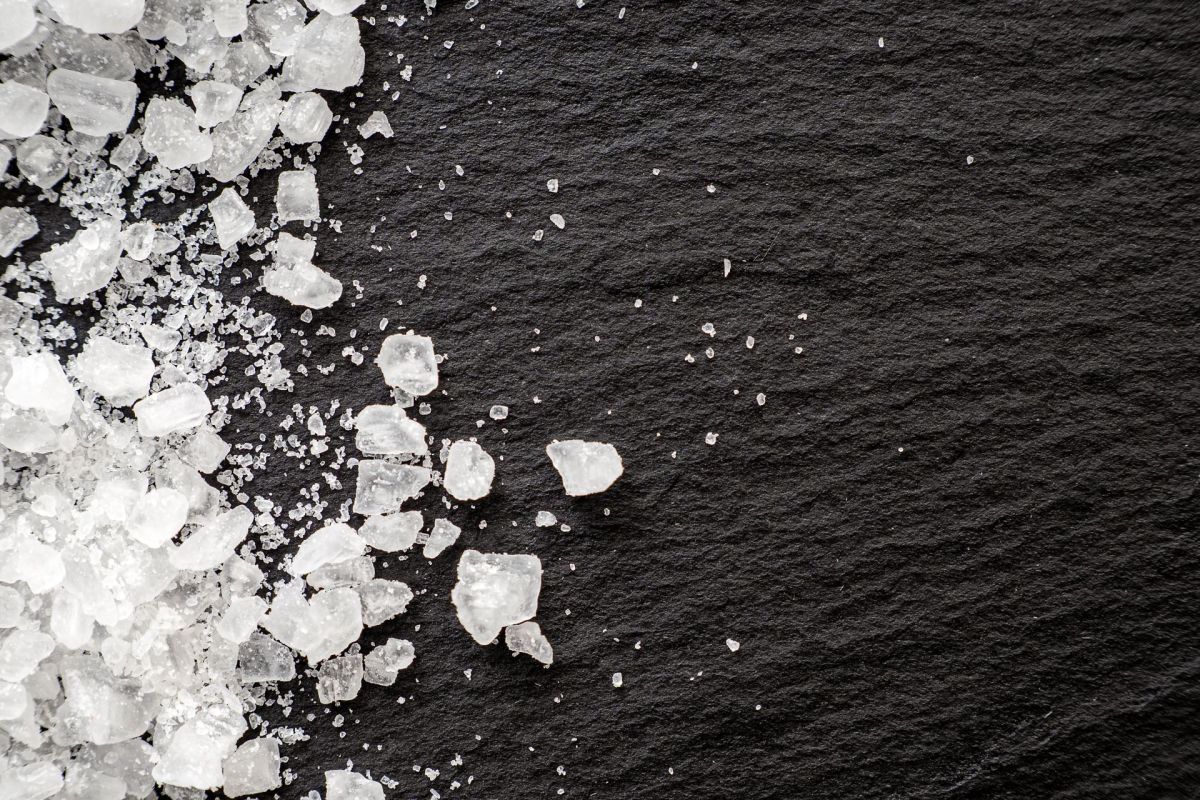A pinch here and a pinch there — salt is used in just about every recipe, making it an indispensable (if sometimes overlooked and underestimated) ingredient. Salt even provides us with sodium, an essential nutrient that we quite literally couldn't live without. Salt seasons, cuts bitterness, keeps us alive, and is full of … plastic?
The vast majority of salt sold worldwide is made with polluted water and includes toxins and microplastics, which don't sound like the kind of ingredients we want to be eating off our dinner plates.
Only Salt is on a mission to provide consumers with salt that is microplastic and toxin-free, so we can feel good about adding a pinch of it to every recipe.
Why should you care about where your salt comes from?
Spring salt, the type of salt that Only Salt sells, is essentially a hybrid of sea salt and Himalayan rock salt. It is toxin-free, additive-free, and microplastic-free — unlike most standard salts.
A research study published in the journal of Environmental Science & Technology found that more than 90% of worldwide salt brands are contaminated with microplastics. Microplastics are small pieces of plastics that are less than 5 millimeters wide (about the size of a sesame seed) and are more abundant in areas with widespread plastic pollution.
Professor Kim, Seung-Kyu, one of the authors of the salt study says, "The findings suggest that human ingestion of microplastics via marine products is strongly related to plastic emissions in a given region."
The abundance of microplastics in most salt brands is cause for concern for scientists because we aren't sure what all the health effects of ingesting them are yet — but we do know that numerous toxins are found in plastics, and therefore, in our salt.
Not only do most traditional salt brands contain microplastics, but some also contain chemicals that are added to ensure that salt stays pure white and doesn't clump.
What makes spring salt different?
Spring salt is harvested after natural spring water becomes hypersalinated by running through rock salt. From there, the water flows above ground and crystallizes after evaporation and is then harvested for consumption — all without chemicals, toxins, or microplastics.
The cherry on top? Not only is their salt plastic-free, but so is all of their packaging!
Want more? Follow The Cool Down on Instagram and join our Weekly Newsletter for cool stories and easy tips that save you money, time, and our planet.







